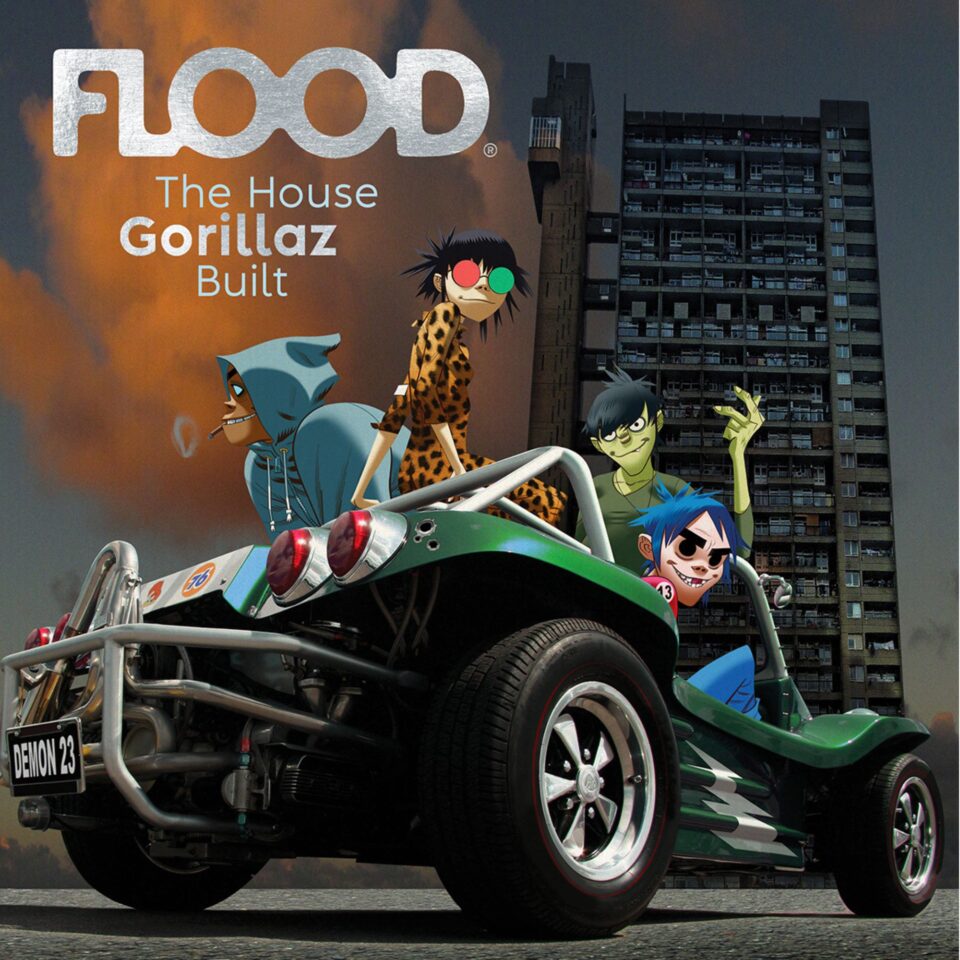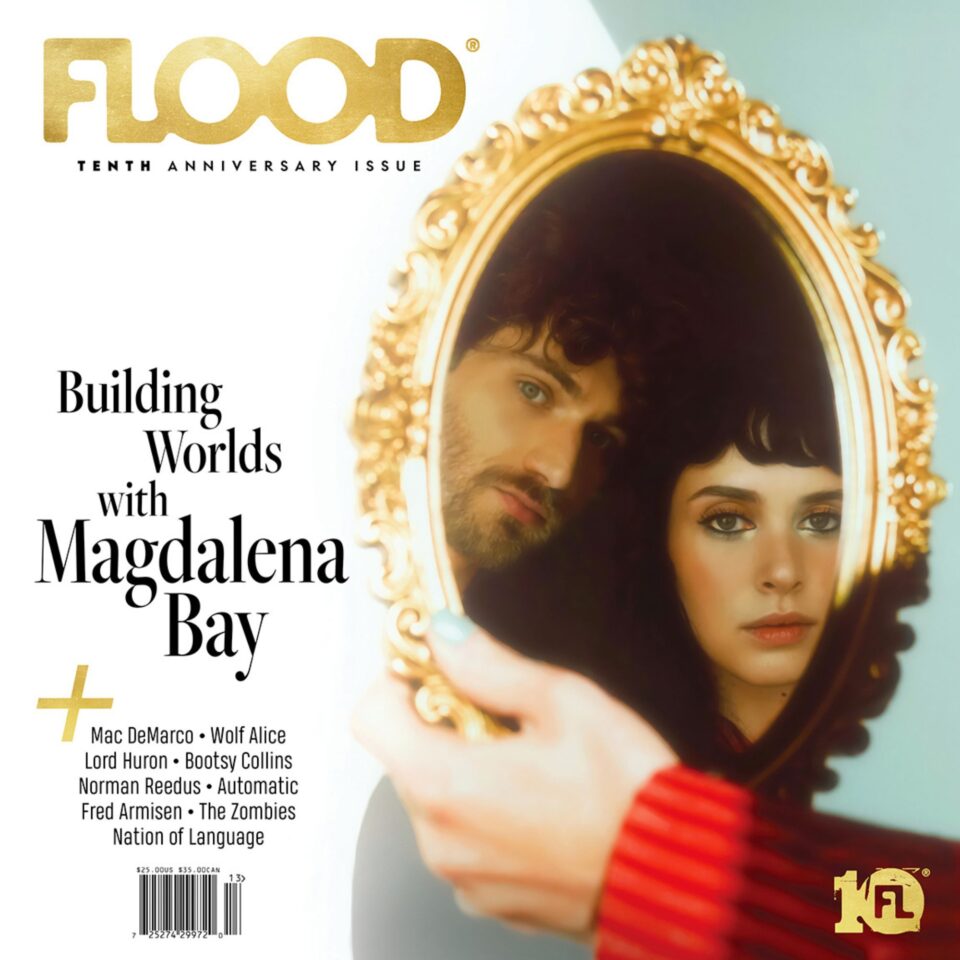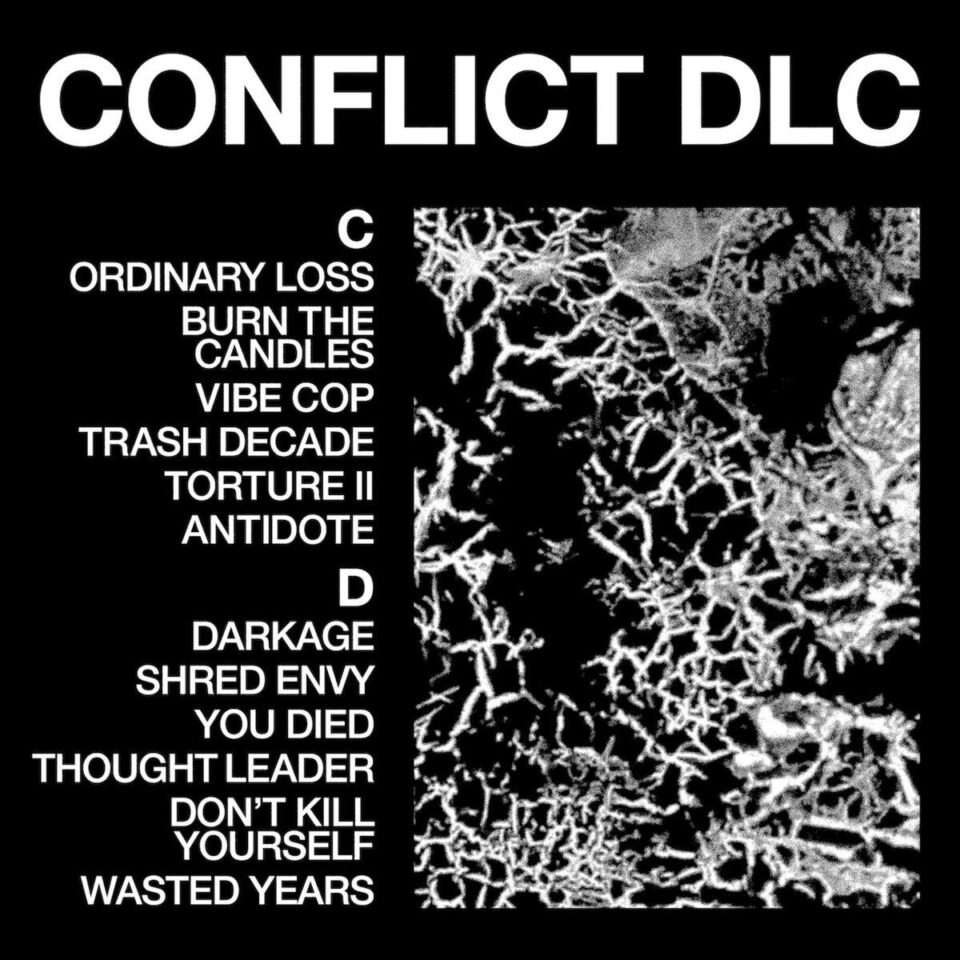When it came to Suicide—the duo of incendiary lyricist and gnarly vocalist Alan Vega and minimalist electronic composer and horror-core instrumentalist Martin Rev—everything they did was, to paraphrase Tina Turner, nice and rough. Born in New York’s pre-punk, urban-jungle morass while the city stood in squalor and fear, Suicide was confrontationally aggressive and icily industrial before that spooky yet energized vibe was fashionable. With nothing but Rev’s drum machines and synths to back Vega’s dissolute and improvisational poetry, the music of Suicide, even when calm, was always like a punch in the face. And little of it was altogether too pre-prepared.
Take Suicide’s third album, A Way of Life, which is celebrating its 35th anniversary with a deluxe extended version recently released by BMG/Mute. Speaking proudly of his late bandmate, Vega, and Suicide’s quick, impromptu writing and recording sessions in December 1987, Rev laughs about its pace and haste. “We hadn’t made a new album in, what, seven years by that point, as I was concentrating on a solo record, Clouds of Glory, and Alan had been successfully touring his solo rockabilly stuff around Europe,” says Rev from his home in New York City.
Talking about Ric Ocasek, the producer behind Suicide’s 1980 album Suicide: Alan Vega and Martin Rev, the instrumentalist says that it was The Cars’ principal mechanic who urged the duo to get back into the studio. “We went into Electric Ladyland, and Ric wasn’t there at the time we had set. Only his engineers were there, so Alan and I got into position and started to warm up and just started writing and playing all new stuff. Unbeknownst to us, the engineers let the tape roll, and we went through an entire new album’s worth of tracks. Now, in comes Ric an hour or two later all ready to work, and he asked his engineers how we were doing and if we had already soundchecked. And they said, ‘Yeah, they basically recorded the whole album.’ That’s how that went down. We didn’t get a chance to finish it, because Ric had work to do on the West Coast. But we did A Way of Life fast.”
“Alan and I started to warm up and just started writing and playing all new stuff. Unbeknownst to us, the engineers let the tape roll, and we went through an entire new album’s worth of tracks.”
Calling A Way of Life a return to the vicious, violent electro-punk form of the duo’s primitive self-titled 1977 Red Star label debut—in opposition to their smoother, more danceable (for Suicide) sophomore album of 1980—Rev and I discuss an unlikely interruption: Bruce Springsteen’s continued coverage of Suicide’s “Dream Baby Dream” in concert across many years, and the recording of that same mistily atmospheric and subtly sequenced track on his 2014 solo album, High Hopes. With that, and the new edition of Suicide’s A Way of Life, comes the first-ever release of Vega and Rev’s 1988 live recording of The Boss’ paean to American war veterans, “Born in the U.S.A.”
In this writer’s mind, theirs was a difficult, but not impossible, mutual admiration society—three East Coast guys nearly around the same age ruminating poetically. Had Suicide met Springsteen? Were they friends? Was something secret shared between them? “I had pretty much forgotten about the fact that we did ‘Born in the U.S.A.’ at some show in France until our people at Mute found the tape,” says Rev casually. “I didn’t think about it much, as we didn’t do the song that often. Maybe twice. Wasn’t really too preconceived. And ‘Dream Baby Dream?’ I didn’t know or hear any reason as to why he liked that song. Only that he had covered it a bunch in concert, and was speaking about us in the press. He was into us. And the only people more surprised than us were his fans who had no idea who we were.”
Rev continues to discuss how when Ocasek and Suicide were recording the band’s second album at NYC’s Power Station, their studio neighbors included Nile Rodgers, Carly Simon, and Springsteen. “When we finished the album, Ric invited Bruce in to hear the new tracks—and he liked it,” Rev recalls. “He stood at the soundboard, made a few comments to us personally, but not much more. Next thing you know, we heard his Nebraska and its comparisons to our ‘Frankie Teardrop.’ Then there’s the song he had about the heart [‘Hungry Heart’], and I felt for sure that he was paying homage to our ‘Cheree.’ He was doing it in his way, obviously, but he was doing it nonetheless—accessing us in a way that wouldn’t have been part of his style before hearing us in the studio with Ric.”
OK, so nothing. No mutual admiration society. No long, deep friendship. Just one meeting in 1980. Pushing further, however, I note how Suicide’s spur-of-the-moment take on “Born in the U.S.A.” figured into a constant in the Vega/Rev emotional repertoire—how character-driven songs of theirs such as “Frankie Teardrop” and “Che” and their last studio recording, 2002’s American Supreme, reveled in ordinary tales of the madness that was the dissolving, evil, runaway American Dream. “It just came out that way,” Rev says nonchalantly of that final album.
“[Bruce Springsteen] was into us. And the only people more surprised than us were his fans who had no idea who we were.”
“Musically, I was trying to find something that turned me on, entertained me, but was obviously affected by the psychology, the tone, or frequency of the moment. And neither Alan nor I knew how we were going to approach that moment, the month after 9/11, save for wanting to approach our sound as we had never done before. So I just gave Alan a whole range of tracks—I was in-and-out of Montreal at the time—and Alan worked on them on his own at Bob Blank’s studio in New York. I came back down with additional overdubs, he refined his vocals, and we produced it ourselves.”
Looking back on the idea of framing the United States in a blackened light—not Springsteen’s, but rather Suicide’s alone—Rev pensively notes how recording American Supreme in the wake of 9/11 and the shadow of the missing Twin Towers was breathtaking, something ripe and right for Suicide at the top of the 21st century. “You couldn’t not be affected by the general atmosphere in New York, let alone the United States,” says Rev. “Recording and living in New York, it was thick, the ambience was foreboding, and we always tended to have that…menace about us, reflecting on the American experience. But that was Suicide. That’s what we did. Nobody did it like us.” FL







